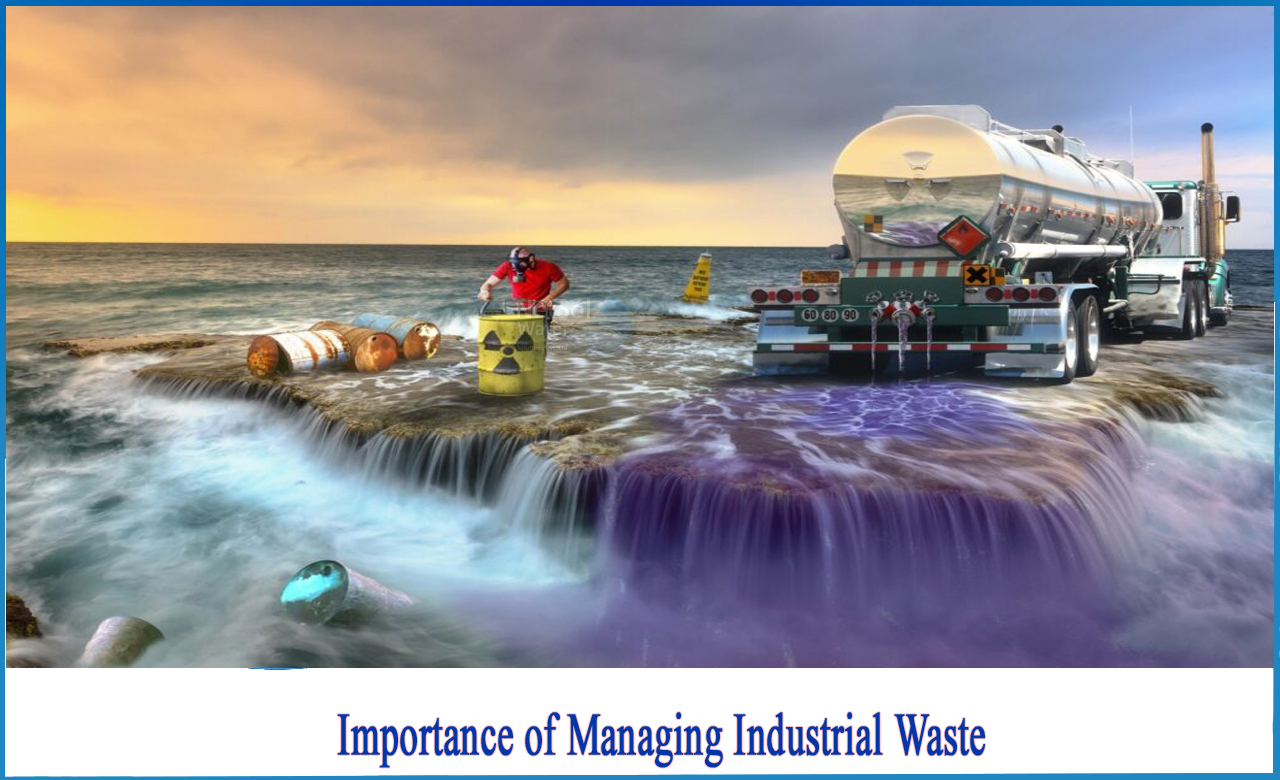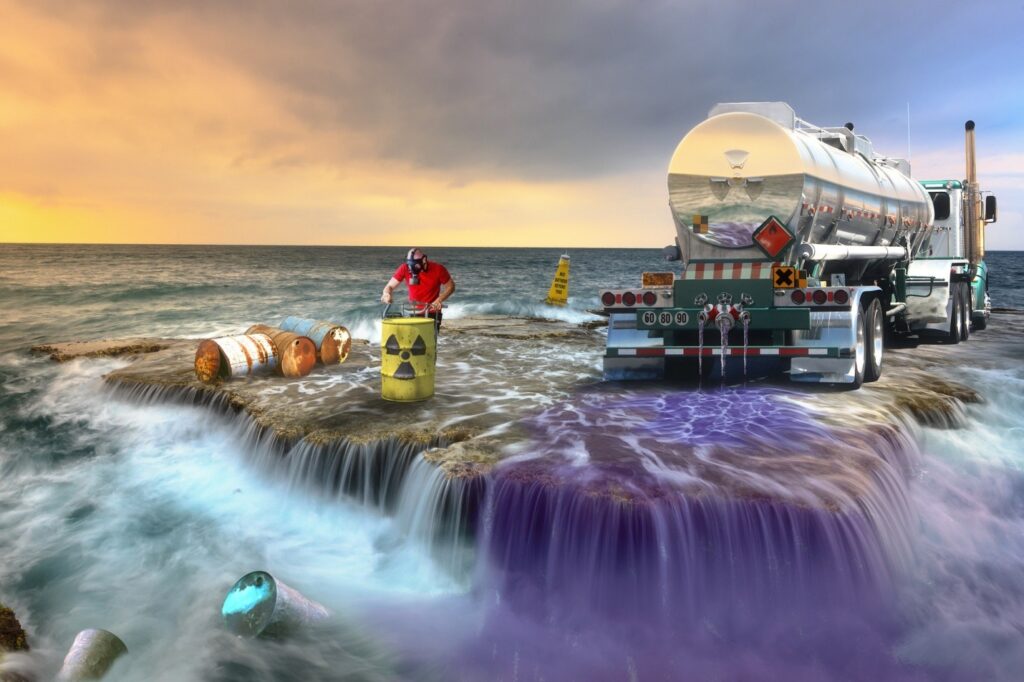Getting My Reclaim Waste To Work
Getting My Reclaim Waste To Work
Blog Article
Some Known Incorrect Statements About Reclaim Waste
Table of ContentsThe Only Guide for Reclaim WasteLittle Known Questions About Reclaim Waste.Not known Details About Reclaim Waste Some Ideas on Reclaim Waste You Need To KnowThe Buzz on Reclaim Waste
Residential sewer waste refers to the waste and items from a property septic container. The appropriate administration and disposal of domestic sewage waste require fluid waste to be moved to a sewer therapy plant where the appropriate methods and equipment are used to detoxify and dispose of waste.
Business waste often includes prospective threats, such as flammable products or a blend of fluid and strong waste items, and needs a much more innovative and comprehensive disposal process. The disposal of industrial waste commonly includes the filtering of waste before transportation to ensure risk-free and proper disposal. Industrial waste is developed from byproducts and drainage of commercial procedures and manufacturing.
This sort of waste can not make use of the same sewage monitoring transportation or processes as septic or industrial liquids. The hazardous waste monitoring procedure calls for the examination and screening of liquid waste prior to it goes through the disposal procedure (liquid waste removal melbourne). Runoff waste is the liquid waste that originates from overflow and excess stormwater in highly booming locations or cities
Drainage waste can cause contamination and flooding if not taken care of effectively. Making sure proper waste administration can prevent catastrophes and reduce environmental harm.
The Best Strategy To Use For Reclaim Waste
Get in touch with PROS Solutions today to find out regarding our waste monitoring and disposal solutions and the appropriate means to care for the liquid waste you produce.
(https://moz.com/community/q/user/reclaimwaste1)Do you know what happens to your water when you pull the plug, flush the toilet or drain pipes the washing maker? No? Well, it deserves understanding. This so-called 'wastewater' is not just a crucial source yet, after treatment, will certainly be released to our land, rivers or the sea. Utilized water from toilets, showers, baths, kitchen sinks, laundries and commercial processes is called wastewater.

water made use of to cool equipment or tidy plant and devices). Stormwater, a type of wastewater, is drainage that flows from farming and urban areas such as roofings, parks, yards, roadways, courses and gutters into stormwater drains, after rain. Stormwater streams unattended directly to local creeks or rivers, eventually reaching the sea.
4 Easy Facts About Reclaim Waste Explained
In Queensland, a lot of wastewater is dealt Check This Out with at sewer therapy plants. Wastewater is moved from residential or industrial sites with a system of sewage systems and pump stations, referred to as sewage reticulation, to a sewer treatment plant. City governments build, preserve and operate most sewer therapy plants. Operators are accredited under the Environmental Security Act 1994 to release treated wastewater at an appropriate environmental criterion into rivers.
The Department of Natural Resources suggests local governments regarding managing, operating and maintaining sewage systems and treatment plants. In unsewered locations, regional governments might need owners to install individual or family sewage therapy systems to treat domestic wastewater from bathrooms, kitchen areas, bathrooms and laundries. The Division of Natural Resources authorizes making use of family systems when they are proven to be effective.
Many stormwater obtains no treatment. In some new class, treatment of some stormwater to eliminate litter, sand and gravel has started using gross contaminant traps. Wastewater therapy happens in 4 stages: Removes strong issue. Bigger solids, such as plastics and various other things incorrectly released to sewers, are removed when wastewater is gone through displays.
Uses tiny living organisms knows as micro-organisms to damage down and remove continuing to be dissolved wastes and fine bits. Micro-organisms and wastes are included in the sludge.
The Best Guide To Reclaim Waste
Nutrient removal is not readily available at all sewage therapy plants since it calls for costly specialized tools. Clear liquid effluent generated after treatment may still consist of disease-causing micro-organisms - liquid waste disposal.

Many wastewater streams into the sewerage system. Under the Act, neighborhood governments provide authorizations and permits for ecologically pertinent tasks (ERAs) including wastewater releases that could have a neighborhood influence.
The Buzz on Reclaim Waste
Otherwise, samples are taken for lab analysis. Usually several tests are needed to establish the degrees of each of the various contaminants such as oils, hefty steels and chemicals in water. Monitoring offers factual info concerning water quality and can validate that permit conditions are being met. The information obtained via surveillance gives the basis for making water top quality decisions.
Report this page